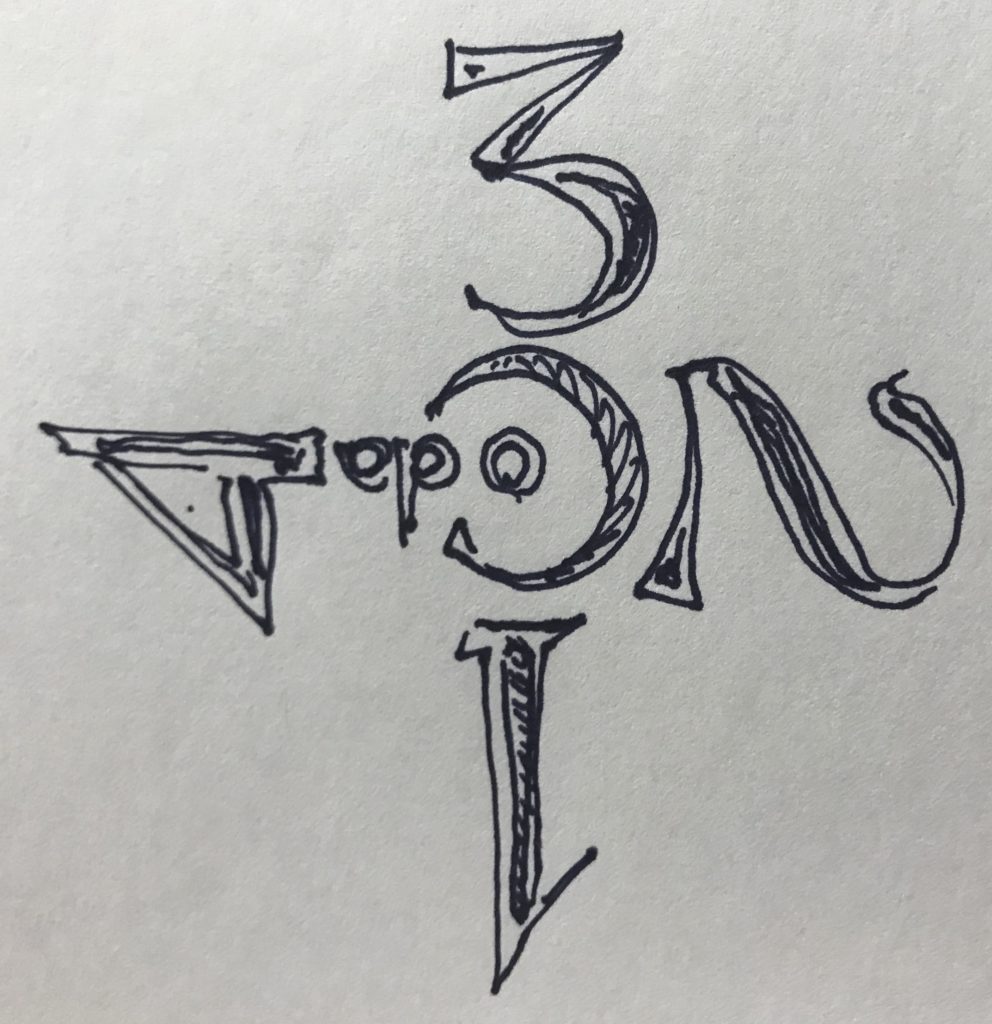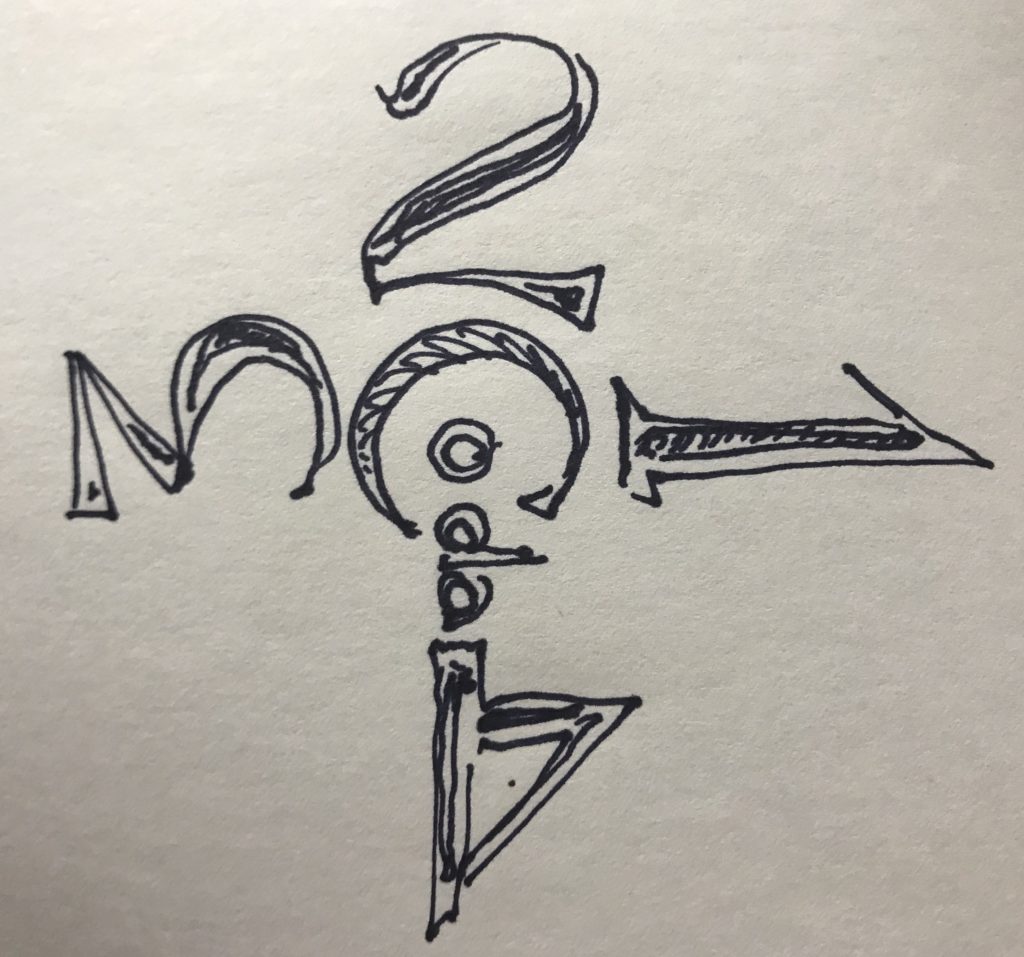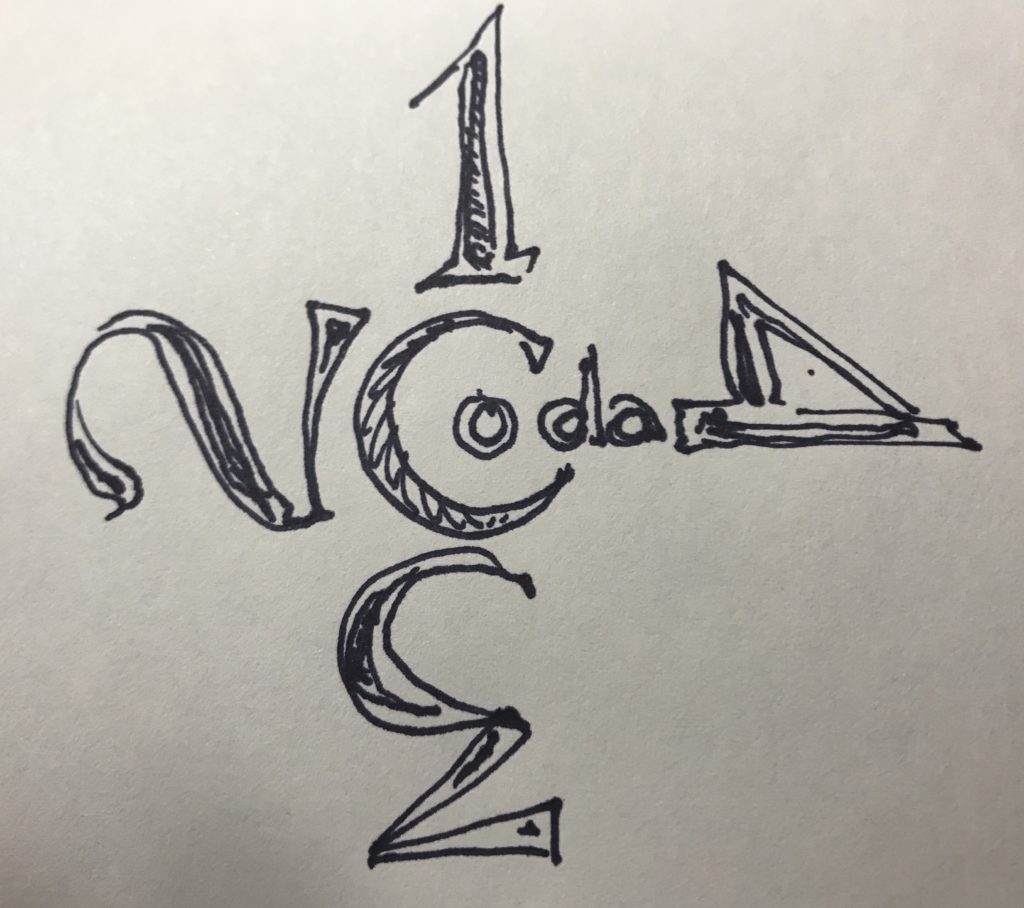Recipes for Damaging Books (first published in Magnolia Review)
by Rey ArmenterosWhen book sellers ship books to me, they might assure me that they will package them well. Days later, I will not be surprised if the book arrives damaged anyway. It seems to be fifty-fifty with the odds leaning toward how delicately the mail carrier handles the package.
Mail carriers drop things all the time. The postal people on my route don’t bother placing the packages before your door. They drop them from standing height; I can hear the thud from the other side of our home.
The most remarkable package I ever received was a box that was large enough to hold two comforters. Because the book was sixteen inches long, I recognized that it was a challenge to package. But when the thing came in, I was confounded. Not only was the box way too large for the book, it wasn’t properly packaged. The seller seemed to have put everything in, even some random paper towels, to try to fill it, in vain. In the end, the book certainly came damaged, and I contacted them, and I remember being none too polite about it.
I almost always contact a book seller when a book doesn’t make it to me intact. I take it on principle that if I buy the book new, it should arrive new. Most book sellers don’t care what condition your books arrive in. Most of them assure you, but they only do this as protocol. They know most people don’t complain. Many booksellers do no more than place them in padded envelopes. Some of them do even less than that. When a book seller responds to my request for packing the book well and the book arrives in a padded envelope, I understand that they might mean well, but they don’t know what they’re doing.
Most people might think a padded envelope is sufficient for a book to make it without damage. A padded envelope only protects against superficial damage, like attrition or light bumps and knocks. It does not protect against impact damage. Most people would assume that the hardcover endures such mishaps better, but that’s wrong. Impact damage affects hardcovers more. If it falls on one of its four corners, the corner will get mashed. If it falls on any of its edges, the edge will get notched.
Softcovers, because of their pliability, receive little damage by getting dropped, unless in the unlikely instance the book falls at a particular angle on one of the two corners connected to the spine, or when the length of the spine hits an edged object. So, padded envelopes almost always work for softcovers but not for hardcovers.
Sometimes, you get a book that has no packing. It may come in a sturdy box, but the book is allowed to slide around, bending all corners. When you get a group of books, the smaller books are used as packing against this kind of shifting, allowing for some of the books to make it okay at the expense of the others. Every once in a while, you get the serendipitous situation of a book fitting perfectly in its box. It is fortunate for the packaging person who thinks they do not need to deal with any packing material to fill the box, but regardless if it were packed or not, if that box falls on its edge or corner, that means the book fell on its edge or corner.
Outside damage is outside damage, but these incidents will hardly ever harm the interior, which most people would argue is the important part of the book. I understand that in the broad scheme, the book’s cover is inconsequential, regardless of how new you happen to buy it. But I can’t get past this, at least on books I buy new.
What is the best packaging for books? This is the question that I never heard asked in any circle of book lovers. But it is one that should be asked, if you love the book you’re packaging, say, when you are about to move. A book is a highly stable object when it is closed. If you drop a closed book, it might receive the impact damage I’m talking about, but it is just as likely that it won’t.
Have you ever thrown a book across the room? I have, and how it survives such a callous, desperate act depends on how it takes its flight. There are so many things that can happen before it collides with something. Usually a thrown book ends its arced trajectory when it hits a wall or piece of furniture. If it sustains its shape during flight, it may get no more than the damage I have mentioned so far. If it butterflies, the effects might be more complicated. Softcovers that butterfly can corrugate an entire cover, and the pages, since they are only glued, can get pulled off the binding. Hardcovers have less of a tendency for this because the pages are almost always sewn; such pages might get tears but they never come off. On the other hand, if the book does not butterfly, it becomes more of a stable object which flies faster because of the lower friction, and this might give it deeper dents or even a warped cover. The book I am thinking of looked like it had been mashed by a runaway printing press.
Small books are stronger than larger books. Larger books are a burden on themselves. Think about how much easier it is to snap a longer twig than a shorter one. I have a book on comics that would need its own table in order to be used. It is about the size of a headstone, and it weighs almost as much. I have tried reading this thing. You can’t merely lie on your stomach and read it; the top edge would be too far away from you. You can’t set it on your lap because it has the tendency to tip away from you, if the sheer weight of it were not a discomfort. How would you read a thing like this? The answer is that you don’t — not for any considerable amount of time. It was not intended to be read. It was intended to be displayed, either in some grossly proportioned bookshelf or on a pedestal made specifically for it. Since I don’t take any time to read it, except for a while during the Christmas season (which means two pages a year), it spends almost all of its time behind the closed door of a bookshelf. Every year, when I dig it out, I notice more warping on the curve of the spine. It is like being overweight and how the human spine might get damaged by carrying that excess weight. Large books will need to sustain more strain than smaller books. Smaller books are tight and compact.
Though I am focusing on impact damage here because that is the kind that usually happens to books damaged in shipment, there are other types of damage a book can receive en route to you. I have thought of a few.
Water damage. I knew someone that soaked scores of books on purpose to get an insurance claim. I saw these books in the dumpster later, and I peered closely without touching them. (If toilets are the easiest way to drench a book, I was wondering about the water they used.) The pages curled. This would not be disastrous if you don’t have mold. I think I have owned one or two books that did incur water damage, and once dry, the book was still readable, and since it was no longer new, it was interesting to hold and page through in its own way.
Tearing a book in two. (This is not likely to happen in a shipped book, but it could get stuck in a piece of machinery on its way to you, and hence get shredded in some inconceivable way.) I have found that there are a number of books that might arguably deserve such a fate, though we never talk about books on such terms as destroying them on purpose. My mother told me to never throw away a book, though there are a great many books out there that are no better than disposable TV. The lesson came in loud and clear one Saturday when my brother and I cleaned out our closet, and she found all our kiddie books in the trash. She made us take them right back and told us that one should never throw away books, ever! I have followed her commandment ever since because I understand where the veneration for such objects comes from. But in a way, it goes back to the question if the book as an object is important or what is inside it. If we forget about the book as an object and solely concentrate on what’s inside, then crappy books do in fact deserve to be trashed.
Pulling out pages from a book. There are two reasons why I’ve done this. You get books at your door about some spiritual well-being, and I quickly needed a scrap sheet of paper. The other reason is I bought a secondhand book at the thrift shop for the sole reason of making it into post-modern art. I tore apart and reconstructed this poetry book so that I can show it to my critique group seminar. Again, if the book is glued rather than sewn, it is easier to tear out discrete sheets. Otherwise, you get diagonal tears across the pages. Remember that book pages are folios that are folded in half, and that is the reason books need a page count divisible by four. Sometimes when you tear pages from a book, you can get the whole folio instead.
Setting a book on fire. I have never seen this happen, but I have seen the aftermath of a fire, and I can safely say here that if the packaged book is subjected to a fiery calamity, the remains will be indistinguishable from the remains of the packaging.
General attrition. There was a famous Dada work of art that was a book where the artist put a sheet of sandpaper on either side of the cover in order to wear away the two books standing next to it on the shelf. I suppose it was some form of statement against established ideas that come from musty libraries. Some attrition does happen to a book that is sliding around the inside of a box. It is most notable on books that have fancy covers that display glossy surfaces or a special finish like a foil embossment. Sometimes, an honest bookseller will admit in the book description that the book has some shelf wear or scuffing. This takes me to the idea of the safest bookshelves in which to store your books. Bookshelves made of cheap wood are usually smooth enough to have them do no damage by attrition. When you go to a bookstore, you’ll find that they use the cheap types of bookshelves made of particle board and formica. These shelves may bend under the weight of the books, but they hardly ever break, and they cause no such wear. These cheap shelves are always perfect as long as you don’t overload one shelf and bring it into danger of cracking and having all the books collapse. One of my bookshelves is a fairly nice one made of oak that actually wears away the bottoms of books because the wood on the shelf has a grain to it that acts like the sandpaper used in a Dada work of art.
Because I have received hundreds of books by mail, I feel I am somewhat of an expert on packing books. I have sent numerous messages to booksellers delineating the finer points of packaging; I know this sounds audacious because I am informing people who earn their livelihood from shipping merchandise. These people usually don’t respond or give me a tight thank you before dismissing me. Though they may have sent hundreds of thousands of books through the mail, they will never know how their packaging reaches their customers until one of us gives them the situation. And like I said, they base their success on the fact that most people won’t complain, and so their economics is based mostly on convenience, which means they don’t bother with any type of packaging that is too elaborate because it is more practical to send them out as quickly as possible.
Notwithstanding all these concerns about prolonging the perfect condition of a new book, there is an intimate esthetic to old, worn books. Here, I am talking about the kind you find on a book at a coffeeshop that has been riffled through by countless people. With such books that are worn and softened by use, I find it pleasurable to flip through the pages and hold this fuzzy object that does not oblige you to treat it carefully. It is an object that has had a history, and this idea becomes present when you find a few loving words in some stranger’s handwriting on one of the first pages.
I take an old backpack with me when I go to a coffeehouse or other place to linger. I like lingering in places that have windows and serve coffee, and I take my backpack stuffed with things to do at such places. This dirty old book bag only takes my dirty old books. I would never stick a new one into it. At a lingering place, I do not have to worry about spilling coffee on such books. This shows that I have two sets of standards when it comes to the conditions of books. If the warm fuzziness is to be expected, I welcome it with open arms. Otherwise, I have a hard time accepting a new book that is marred, especially before it ever reaches me.
My mother bought me a leather bound edition of a favorite book of mine for Christmas. I was looking forward to it. When I opened it on Christmas Day, I realized that she had taken the one copy among three (a one-third chance) from the one bookstore from about four in the area (about a one in twelve chance) that had the printing error: when they cut the pages, one of the pages was folded, and so if you unfold that corner, it extends beyond the dimensions of the book. I had seen this copy at the bookstore many times, wondering who would ever buy such a thing since it was obviously blemished? That Christmas morning, my mother was trying to convince me to not return it, that it wasn’t worth it, that it was special. “It’s one of a kind.” How could I keep a blemished copy of one of my favorite books? I was going to return it but never got around to it and eventually shrugged it off. The byproduct of this inconvenient situation is that every time I go through my books and find this one, I go to that page and bring back that warm memory.
I know that my exacting standards may actually be a personal problem. Could I go beyond such superficial notions like the condition of a book and get to what is more worthy?
I don’t know, but I’m trying. I understand what’s the correct way to look at things. Yet, there are certain books that by the nature of their beauty can only be seen in the best conditions, like that book on comics that may be massive but whose cover and whose pages glow with the transparent colors of old newspaper strips from one hundred years ago. This is a difficult object to casually drop on the floor, even if it does weigh almost as much as a headstone. In spite of this, when you take in a paperback that had already been beaten up, you not only accept it, but you might even find it in your understanding to elevate such a secondhand object to that of beauty. This sensibility comes from the same place in my thoughts that looks back at the very first books I still have in my possession and are now practically falling apart and yet more meaningful — by decades! — than a newly-arrived book in a perfect state.
A GOOD RECIPE: The ideal way to pack a book is to use a box with greater dimensions than the book. Place padding on the bottom and along the walls of the box. Place the book in this padding. Place padding on top. Make sure everything is snug enough so that their is no movement. Seal the box. Shake well to test it.
If such a package falls on its corner, the padding from the box’s corner should be sufficient to prevent the book from receiving any harm. If it is under a ton of other boxes, it should hold well with the padding at the top and bottom. There are variations on this. Try what you think makes sense and see if it works!
— Rey Armenteros




